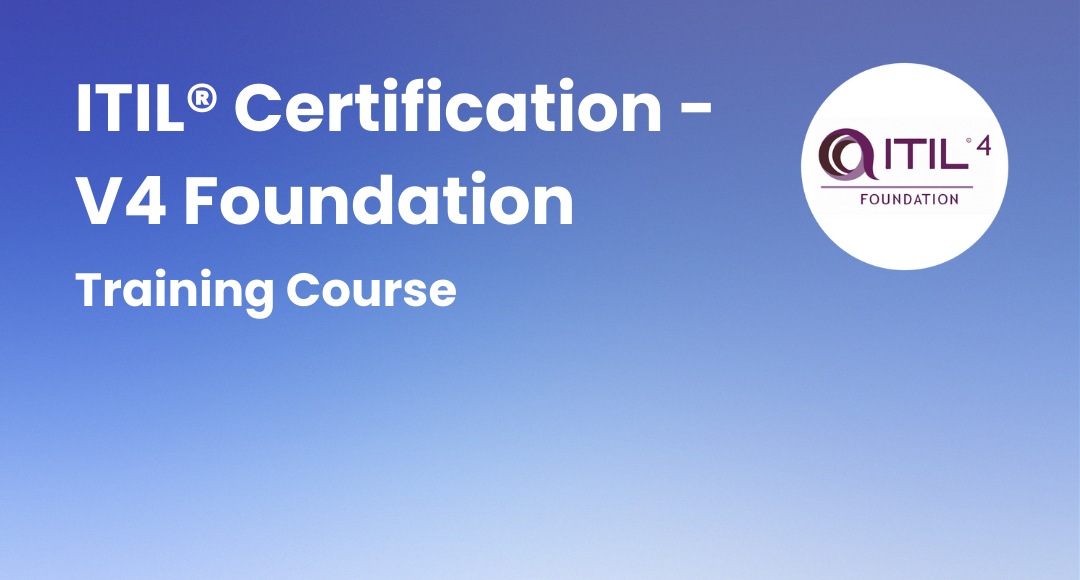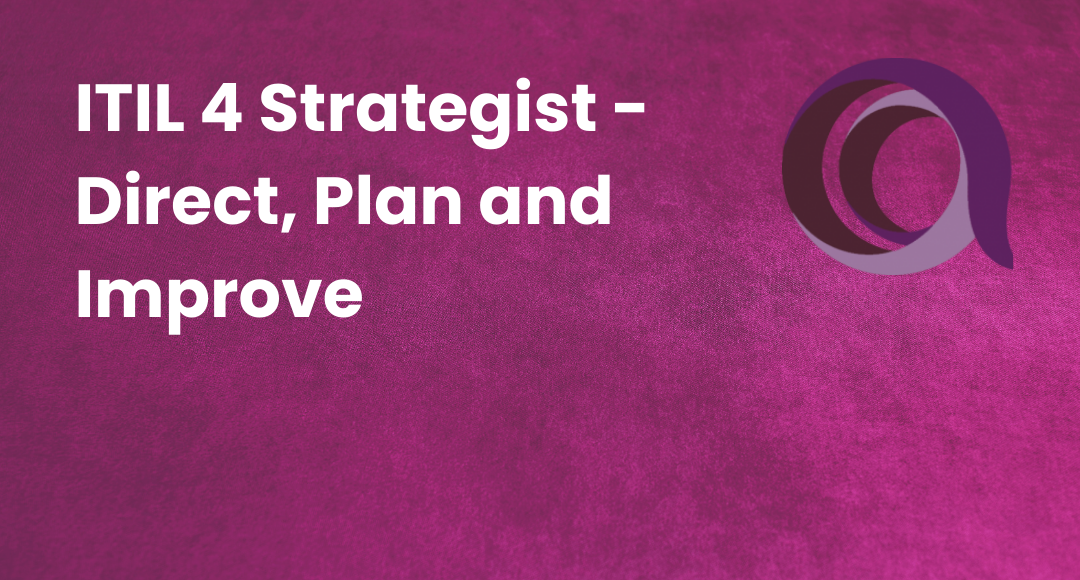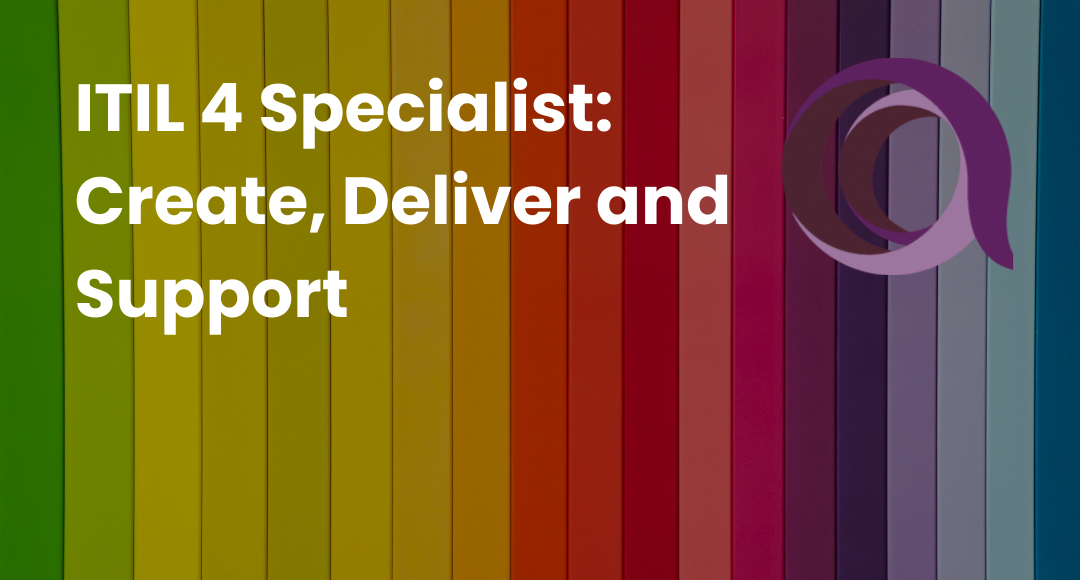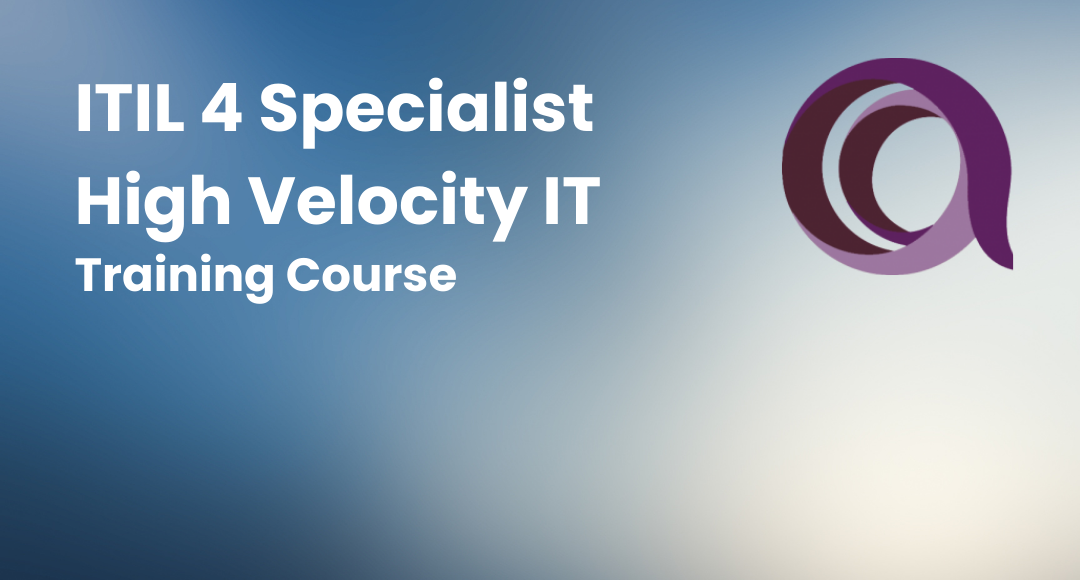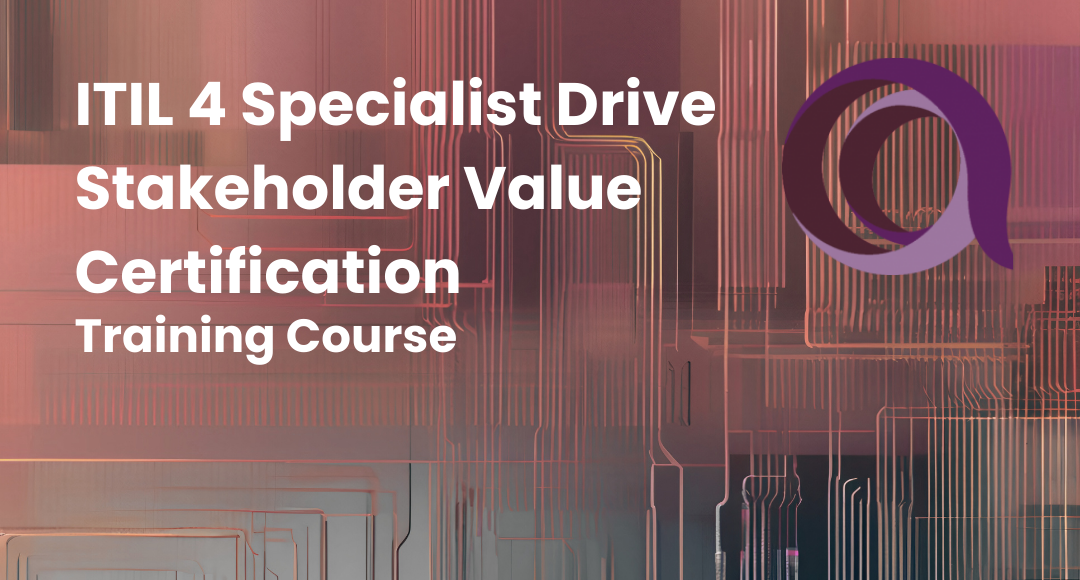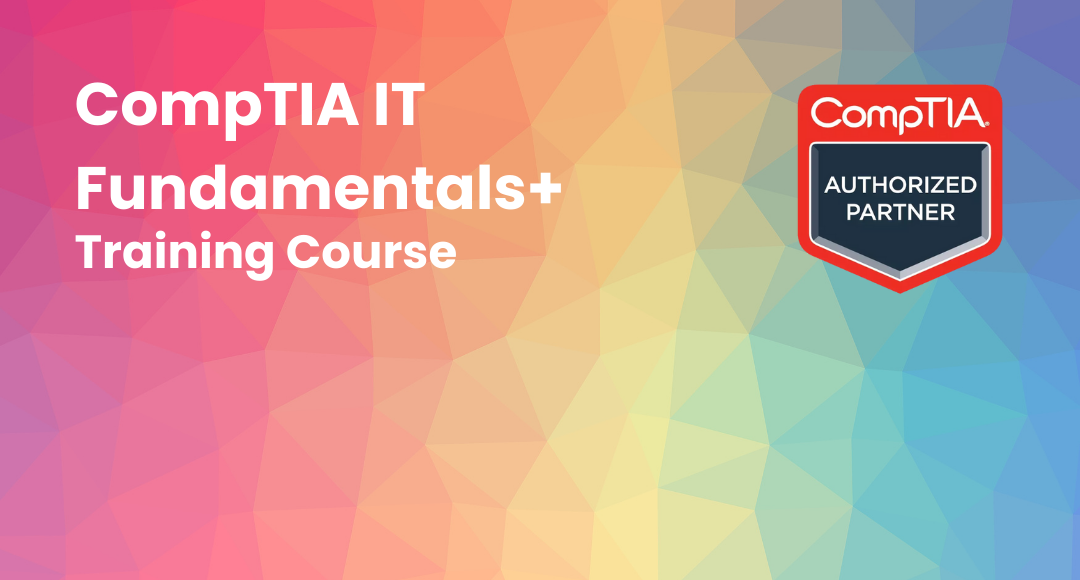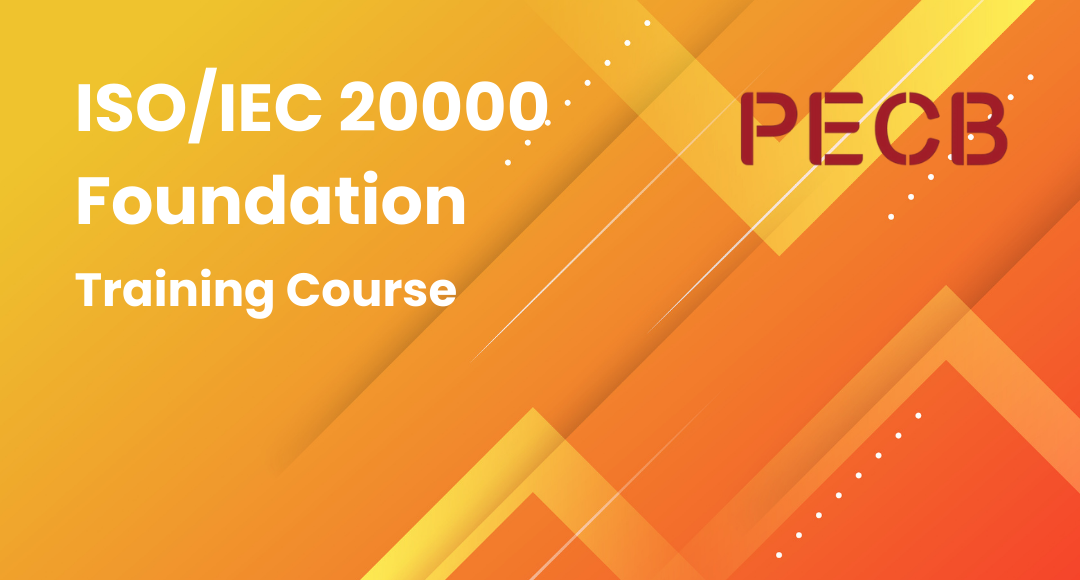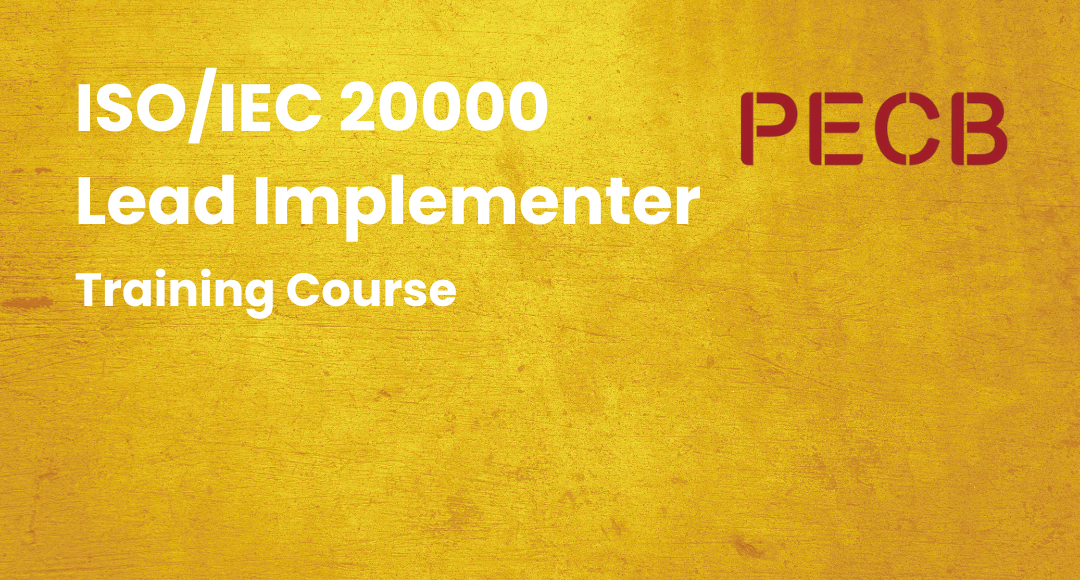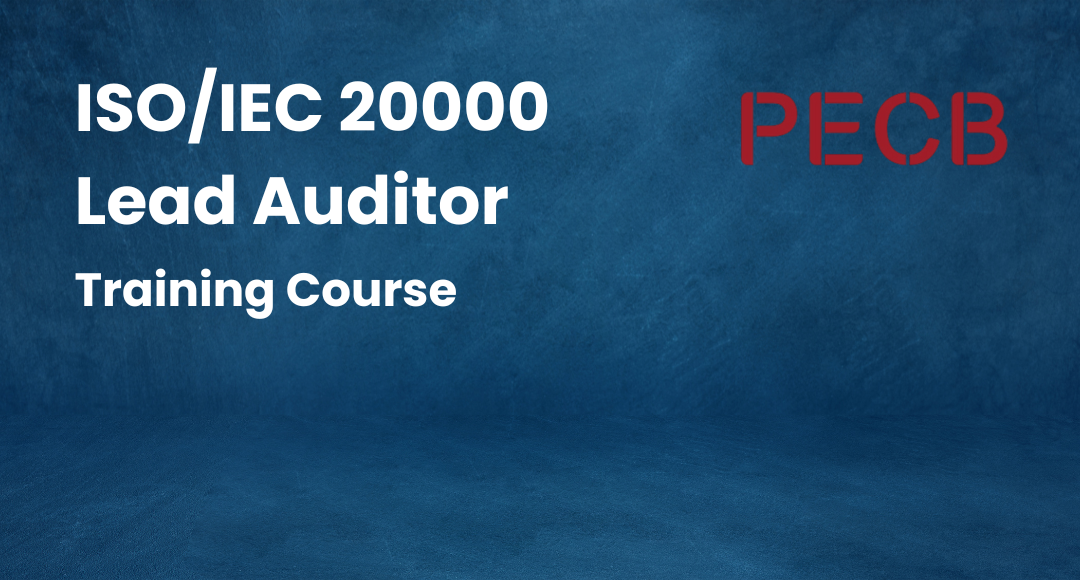What Is IT Mapping?—An Essential Guide
-
 By Niharika Chaurasia
By Niharika Chaurasia - Published on Jan 5 2024

Table of Contents
- Introduction
- What is IT Mapping?
- Why is IT Mapping Important?
- What are the Key Components of IT Mapping?
- How does IT Mapping work?
- What are the Benefits of IT Mappings?
- What are the Best Tools for Mapping IT Infrastructure?
- What are the IT Mapping Best Practices?
- What are the Challenges and Solutions of IT Mapping?
- Conclusion
- FAQ
Introduction
In the world of digital technology, organizations work in a hybrid multi-cloud and virtualized environment. Now, every digital organization requires an all-environment, real-time, fast, and consistent application dependency mapping tool that does not impact performance.
IT Service Management plays a vital role in keeping track of IT infrastructure, devices, applications, services, and their dependencies. But, to get a visual representation of the organization’s IT infrastructure, including hardware, software, applications, and data flows, the IT mapping process is of great use.
Think of IT mapping as a helpful guide in IT management. It's like a visual map that shows how different parts of your computer setup work together. When you include IT mapping in your ITSM practices, it makes fixing issues easier and keeps everything running smoothly.
Sprintzeal's article aims to provide a thorough understanding of IT mapping and its overall usefulness for digital organizations.
Let's start with understanding the overall concept of IT mapping.
What is IT Mapping?
IT mapping refers to the process of creating a visual representation of the IT infrastructure of an organization. The IT infrastructure comprises hardware, software, applications, and data flows that are interrelated. With the help of IT mapping, assets, and their relationships can be visualized using diagrams or other visual representations.
Organizations' IT mapping includes incident management, documenting and managing IT assets, cloud migration, data center transformation, business continuity and disaster recovery, and cybersecurity and micro-segmentation.
IT mapping is not limited to the organization's asset mapping, it broadly includes visualization of network topology and structure and is recognized as IT infrastructure mapping.
An IT infrastructure map provides a detailed diagram of the servers, applications, and other endpoints that are deployed on the network and the network equipment (routers, firewalls, and ports) that manages traffic.
IT infrastructure mapping is best known for providing ideas about the resources of the organization and the relationships between its components. It also includes:
-gives operational awareness of the IT infrastructure
-gives a single view of people, processes, and technology
-empowers businesses to make smarter and faster decisions when disruptions occur.
IT mapping is a foundational process that allows any company to function, change, and grow while remaining secure, resilient, and profitable.
Why is IT Mapping Important?
Enhanced Understanding:
IT mapping provides a clear and concise overview of the entire IT ecosystem, helping stakeholders understand the interconnections between various components.
Strategic Planning:
Businesses can formulate better strategies when armed with a comprehensive IT map. It aids in identifying potential bottlenecks, areas for improvement, and opportunities for technological innovation.
Risk Mitigation:
By visualizing the IT landscape, potential vulnerabilities become apparent. This enables proactive measures to be taken, reducing the risk of cyber threats and ensuring the security of sensitive data.
Optimized Operations:
IT mapping facilitates the identification of redundancies and inefficiencies in processes. This insight allows organizations to streamline operations, leading to improved efficiency and cost savings.
Scalability and Flexibility:
As businesses grow, understanding the IT infrastructure becomes pivotal for scalability. IT mapping assists in planning for expansion, ensuring that the technology backbone can adapt to evolving needs.
What are the Key Components of IT Mapping?
Information Technology (IT) mapping is a crucial process that helps organizations visualize and manage their IT infrastructure effectively. It involves creating a comprehensive overview of all the components that make up an organization's digital landscape. Here are the key components to consider when conducting IT mapping:
Hardware Inventory:
Identify and list all physical devices in your IT environment. This includes servers, computers, routers, switches, and peripherals.
Software Assets:
Document all software used within the organization. This includes applications, operating systems, and licenses.
Network Architecture:
Understand how different devices connect and communicate within the network. This involves mapping out the flow of data, the configuration of routers and switches, and the security measures in place, such as firewalls and managing IP addresses.
Data Storage and Management:
Identify where data is stored, whether it's in on-premises servers, cloud services, or a combination of both. Consider the types of databases used and how data is managed and backed up.
Security Measures:
Ensure the IT mapping includes security components. Highlight the measures in place to protect the network and data, such as firewalls, antivirus software, access controls.
IT Personnel and Roles:
Define the roles and responsibilities of IT personnel involved in managing and maintaining the IT infrastructure. This includes system administrators, network engineers, and support staff.
Integration Points:
Identify how different systems and applications integrate. This is crucial for ensuring seamless communication and data exchange between various components.
By understanding and documenting these key components, organizations can create a comprehensive IT map that serves as a valuable tool for strategic planning, troubleshooting, and optimizing their overall IT infrastructure.
How does IT Mapping work?

For creating a visual representation of an organization, IT mapping involves some critical steps that are as follows:
Inventory Assets
-First step requires an inventory of all assets. Organizational assets include hardware, software applications, and data sources for the organizations.
-Also, assets location, specification, and configuration of each asset are identified.
Identify relationships
-After completing the inventory, the relationships between IT assets are identified.
-Further, data flows, connections, and dependencies between different parts of the system are identified.
Create Visualizations
-Once assets and relationships are identified, the IT environment can be visualized. The visual representation and diagram help in creating a visualization.
-Depiction of hardware, software components, data flows, and connections between different parts of components are included in creating a visualization.
Document Details
-IT mapping process requires documentation of the IT environment. It includes specifications, configurations, and other important details about each asset that are identified in the initial phase of the mapping process.
-Documentation of the IT environment is used for reference and to support IT decision-making.
Analyze and optimize
-After documenting and visualizing the IT environment, the IT infrastructure is analyzed.
-Analysis of the infrastructure identifies areas for optimization or improvement. It includes the identification of inefficiencies, redundancies, or security vulnerabilities. Analysis of IT maps helps organizations with IT planning and decision-making.
Update and Maintain
-IT mapping is a continuous process that needs updating and maintenance to stay accurate and relevant. Updated IT maps must reflect changes in hardware, software, and data flows as the IT environment develops.
What are the Benefits of IT Mappings?

Visibility
-IT mapping of network infrastructure provides a high-level overview of the entire network topology of the organization.
Troubleshooting
-IT infrastructure mapping is used for troubleshooting, to understand the relationship between application issues and hardware issues.
Planning & design
-IT mapping helps with planning and designing new IT infrastructure projects. It’s an essential tool for optimizing and managing the performance of an organization’s IT environment.
-For organizations preparing to build or scale digital solutions, combining IT mapping with a reliable software development cost guide can help estimate expenses more accurately and plan infrastructure investments more effectively.
Maintenance
-IT infrastructure diagram gives an idea of the resources and their relationships with other components of the network.
-Information about the entire network, including downstream and upstream connections, components, and dependencies, can be clearly visualized on the network diagram.
-Makes it easy for the IT team to solve problems related to IT infrastructure, which includes the system architecture of servers, databases, routers, firewalls, similar components, IPs, ports, and data collection systems.
Compliance
-IT mapping helps identify compliance issues. The regulatory policy framework of the organizations and application components must be discoverable for early detection of compliance issues.
-With an IT mapping, it can trigger configuration changes automatically and comply with a consistent compliance policy with any change to an application.
Awareness
-Real-time operational visibility throughout the organization, including customers.
Business continuity
-With a complete visualization of all the IT systems and the work processes that businesses support, it is easier for organizations to take quick action on the disruptions and prioritize response activities.
What are the Best Tools for Mapping IT Infrastructure?
There are many known IT infrastructure mapping tools, but here are a few that stand out for their set of features and effectiveness.
Datadog
-Comes with network mapping features. It provides a topology view of the network that helps in the visualization of network partitions, dependencies, and bottlenecks.
-includes network monitoring and management features, e.g., SNMP
INTERMAPPER
-It is known as a network mapping and monitoring tool that gives real-time updates.
-Best known for the feature of visualizing the result superimposed on Google Earth Maps.
Domotz
-It is a comprehensive network monitoring system. Domotz consists of features for managing network devices. It has an added feature of automated network infrastructure mapping for plotting the endpoints on a network.
-Other features of Domotz are alerts, dashboards, SNMP monitoring, apps and cloud monitoring, remote access, and network security scans.
SolarWinds NTM
-SolarWinds Network Topology Mapper (NTM) is a network mapping and visualizing tool. It helps in understanding, planning, and troubleshooting infrastructure with the use of the standard protocol.
-The set of features also includes network discovery, automated change detection, map generation, and real-time monitoring.
What are the IT Mapping Best Practices?
IT mapping helps in solving the challenges that organizations face, such as incident management challenges, server consolidation and virtualization, data center transformation, and cloud migration. Here are some best practices that can make IT mapping more effective:
Include detailed and relevant data
-Practice including more data, incorporating Layer 1 to Layer 3 connections, IP addresses, and network device types.
-This helps in understanding the exact plan of action required at the time of maintenance, troubleshooting, and upgrading.
Keep IT infrastructure maps up-to-date
-Outdated information on IT infrastructure maps is of no use, it leads to misunderstandings, and tracking information on outdated maps is a waste of time.
-Manual or automated updating on the map can keep the maps up-to-date.
Capturing network status
-Capturing or taking a snapshot of the network map can help in managing the configuration and refer to the state of the network at any point in time.
-with this practice, the evolution of the network over time can be visualized.
Keep IT infrastructure maps accessible
-IT infrastructure maps are roadmaps for the organization's applications, hardware, software, and network.
-It must be accessible to other people when they need it. Access to the IT infrastructure maps should be provided to authorized members of the organization.
Use of Standard Icons
-For a clear understanding of the IT maps by other people, it’s important to use icons that clearly depict organization network topology, connections, and devices.
-By using standard icons, it becomes easy to figure out different components of the IT infrastructure.
What are the Challenges and Solutions of IT Mapping?
Understanding and organizing IT systems can be tricky, but there are smart ways to make it easier and more efficient. Let's explore the challenges and simple solutions for better IT mapping.
Challenges of IT Mapping
- Data Volume and Variety: Dealing with large volumes of diverse data sources can make it challenging to create a unified and coherent IT map.
- Integration Issues: Ensuring seamless integration between different IT components, such as legacy systems and new technologies, can be complex and problematic.
- Lack of Standardization: The absence of standardized practices for IT mapping may lead to inconsistencies and difficulties in communication across teams.
- Resource Constraints: Limited resources, including time and budget, can hinder the development and maintenance of comprehensive IT maps.
Solutions for IT Mapping:
- Data Governance Policies: Implementing robust data governance policies helps manage the volume and variety of data, ensuring its relevance and accuracy.
- Integration Platforms: Utilizing integration platforms and middleware solutions facilitates smooth communication and interaction between diverse IT components.
- Standardized Mapping Protocols: Establishing standardized protocols for IT mapping promotes consistency and clarity across the organization.
- Prioritization and Resource Allocation: Prioritizing critical mapping tasks and allocating resources effectively helps overcome constraints and ensures the maintenance of accurate IT maps.
Conclusion
In the end, it’s always a good idea to understand the IT infrastructure of the organization through IT mapping. This not only helps in visualizing the hardware, software, and network relationships but also helps in providing a complete visual representation of the application dependencies.
Apart from giving a visual representation of the IT environment, it helps in understanding the current state of IT infrastructure, planning, designing, and updating a new IT infrastructure, troubleshooting, and problem-solving.
If you find this article helpful, visit Sprintzeal's blog page for more informative blogs. Check out the Sprintzeal course page for globally recognized certification courses to boost your career. For any queries related to the courses or to get in touch with us, click here.
Read more blogs to cover
Top 5 IT Service Management Tools in 2023
A Guide to Enterprise Asset Management
FAQ
What is mapping in technology?
Mapping in technology is creating visual representations to show relationships and components in systems, like computer networks or software architectures.
What is the definition of mapping?
Mapping is visually illustrating connections and relationships within a system for clarity and understanding.
What is the purpose of mapping?
Mapping serves to enhance comprehension and communication by visually representing system structures, aiding in planning and troubleshooting.
What is mapping and the types?
Mapping involves creating visuals; types include network, process, and data mapping, each focusing on specific aspects like connections, workflows, or information flow.
Subscribe to our Newsletters
Popular Programs
ITIL 4 Strategist – Direct, Plan And Improve
Live Virtual Training
- 4.1 (350 + Ratings)
- 2k + Learners
ITIL 4 Specialist: Create, Deliver and Support
Live Virtual Training
- 4.4 (74 + Ratings)
- 39k + Learners
ITIL 4 Specialist Drive Stakeholder Value Certification
Live Virtual Training
- 4.9 (82 + Ratings)
- 65k + Learners
Trending Posts
ServiceNow - What is it, Fundamentals And Features
Last updated on Dec 22 2022
Top 25 ITIL Interview Questions and Answers in 2025
Last updated on Feb 12 2025
All about ITIL 4 practices – Updates, Service Types and Benefits
Last updated on Nov 7 2023
ITIL Framework Explained (Updated)
Last updated on Mar 20 2025
A Guide to Enterprise Asset Management
Last updated on Jan 12 2024
Top 6 ITSM best practices
Last updated on Dec 22 2023
Categories
- Other 66
- Agile Management 56
- Cloud Computing 51
- Project Management 170
- Big Data 58
- Business Management 82
- Digital Marketing 73
- IT Service Management 29
- Programming Language 50
- AI and Machine Learning 68
- IT Security 109
- Quality Management 77
- IT Hardware and Networking 25
- Microsoft Program 4
- Workplace Skill Building 12
- Risk Management 9
- Information Security 8
- Leadership and Management 7
- Corporate Training and Development 1
Trending Now
ITIL Framework and Certifications Guide 2024
ArticleTop 25 ITIL Interview Questions and Answers in 2025
ArticleWhat is ITIL – Information Technology Infrastructure Library jobs and Certification Benefits
ArticleHow to become a certified ITIL Expert in 2024
ArticleIs ITIL a fit for your organization's culture?
ArticleITIL Framework Explained (Updated)
ArticleTOP 10 BENEFITS OF TOGAF CERTIFICATION IN ENTERPRISE ARCHITECTURE
ArticleThe Importance of ITIL certification and scope for career growth
ArticleITIL Certification Levels and Job Scope
ArticleWell Explained : The IT Service Management and ITSM Design, Concepts and its Benefits
ArticleAll about ITIL 4 practices – Updates, Service Types and Benefits
ArticleITIL Strategist Certification Overview And Career Path
ArticleEnterprise Architect Interview Questions and Answers 2025
ArticleMost Asked Release Manager Interview Questions and Answers 2025
ArticleHow to Become a Release Manager
ArticleITIL Processes List – 26 ITIL Processes and 5 ITIL Service Lifecycle Stages
ArticleAxelos and TSO launch MSP Foundation app
ArticleITIL Problem Management Guide for Beginners
ArticleITIL Guiding Principles Explained
ArticleWhat is ServiceNow - A Beginner's Guide
ArticleServiceNow - What is it, Fundamentals And Features
ArticleA Guide to Enterprise Asset Management
ArticleTop 5 IT Service Management Tools in 2024
ArticleService Value System in ITIL 4 Explained in Detail
ArticleThe ITIL 4 Service Desk Guide – Importance and Types
ArticleTop 6 ITSM best practices
ArticleESM vs ITSM - Key Differences Explained
ArticleTop Incident Manager Interview Questions and Answers 2024
Article